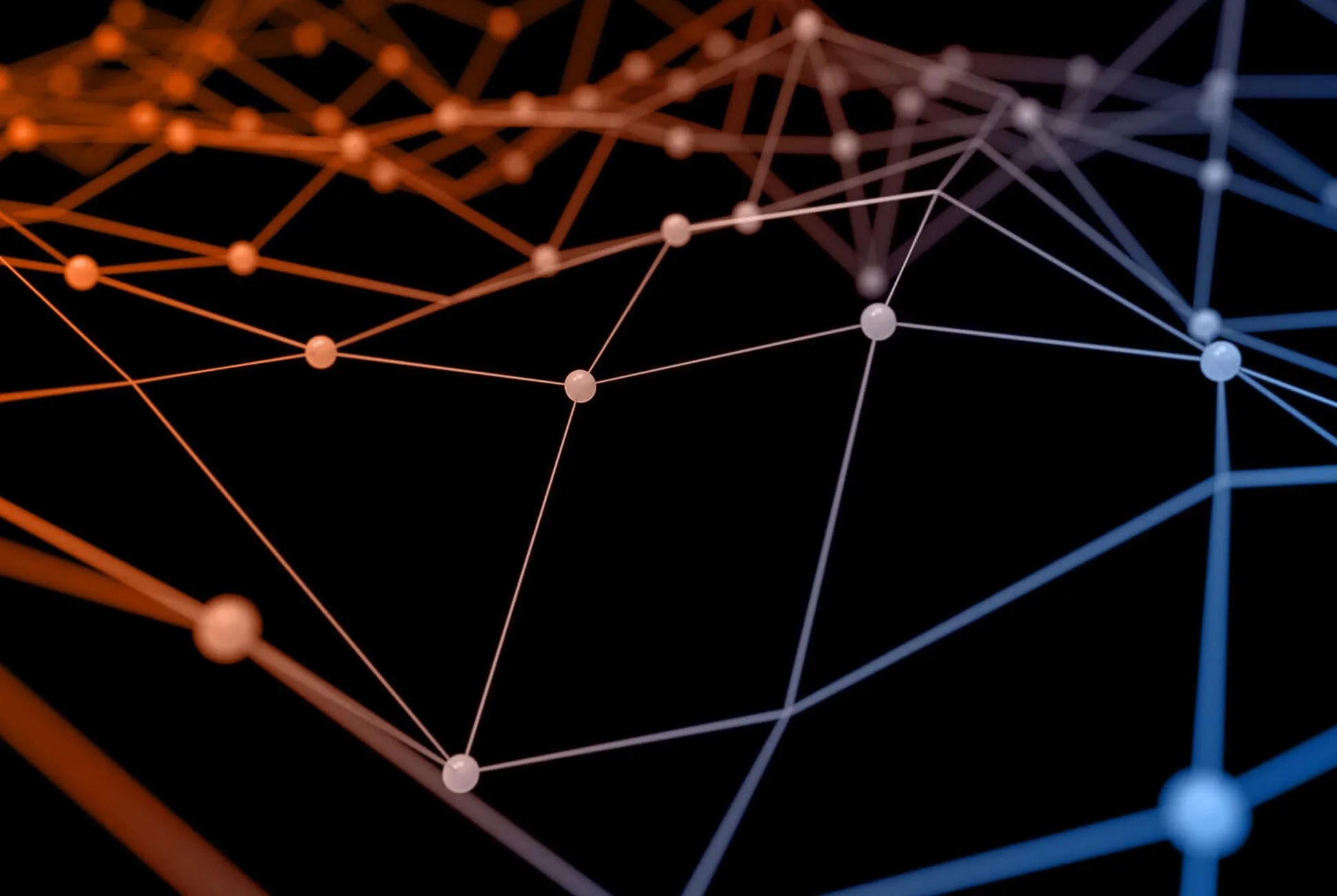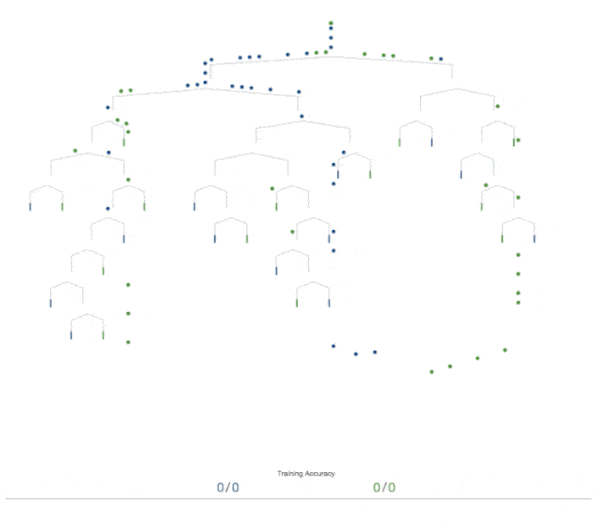Welcome to “What Is,” a new column on dedicated to giving simple answers to complex things that affect the products around you. Got a question? Nothing’s off limits. Submit yours to [email protected] and we’ll do our best to get them answered.
Why Machine Learning Matters
Every day we hear buzzwords like artificial intelligence and machine learning at some point or another in the news cycle, typically associated with smartphones, smart speakers, drones, and so on. It’s easy to take for granted that these are technologies that make our lives easier and more convenient, undergirding everything from facial recognition to autocomplete on Google. Even Spotify uses machine learning for music recommendations. Yet more often than not it runs behind the scenes, without our knowledge or understanding. After hearing about these algorithms and systems for so long, it’s important to take a step back and ask yourself what this stuff is, why it matters, and why we should care in the first place.
Examples of Machine Learning in Everyday Things
• Photo recognition: Apple Photos, Google Photos
• Virtual assistants: Siri, Alexa
• Drone software: DJI Mavic
• Music: Spotify
Machine learning (ML) is an incredibly diverse field, the root of which is artificial intelligence (AI). Focusing through the lens of consumer products makes it a little easier to understand. In an interview with Wired UK, Nidhi Chappell, head of machine learning at Intel, explained that “AI is basically the intelligence – how we make machines intelligent, while machine learning is the implementation of the compute methods that support it. The way I think of it is: AI is the science and machine learning is the algorithms that make the machines smarter.”
How Machine Learning Works
Oxford University breaks down Machine Learning with a simple analogy.


